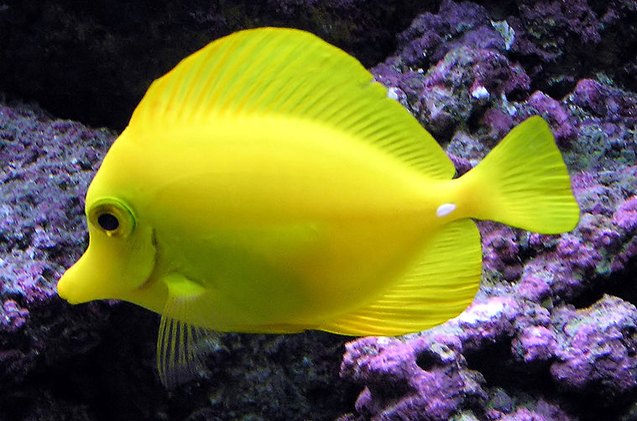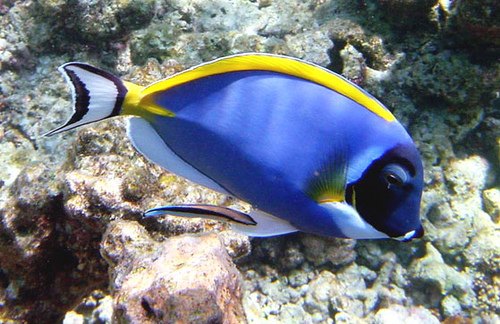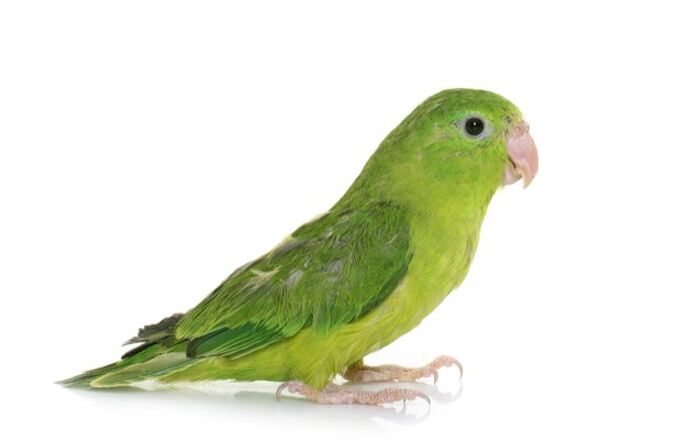
Tangs General description
Tangs, also known as surgeonfish, are a highly popular species of saltwater aquarium fish. They are characterized by their laterally compressed bodies and scalpel-like spines. Most tang species are vibrantly colored and make for visually stunning additions to an aquarium. One of the most popular species of tang is the royal blue tang, which was featured in the hit Disney animation Finding Nemo.
Tangs, also known as surgeonfish, are a highly popular species of saltwater aquarium fish.
Origins
Tangs originate primarily in the Indo-Pacific Ocean.
Color
Almost all species of tang are vibrantly colored and come in bright shades of red, yellow, blue, green, purple, brown and black.
Maintenance and care

Most species of tang reach anywhere between 6-12 inches when fully grown and should therefore be housed in sufficiently large aquariums. The royal blue tang can in fact grow up to 16 inches in length and requires extremely large housing. The tang aquarium should be decorated with abundant hiding places as well as ample swimming space.
Tangs are also highly susceptible to disease and require extremely stable water conditions. They can easily fall sick when tank conditions decline. When introducing tangs to an aquarium it is very important to quarantine them for at least two weeks to ensure that they are disease free. Frequent water changes and an excellent filtration system are a must.
Tangs are generally a peaceful species of fish and make excellent additions to most community aquariums. Fish that have established themselves in the aquarium for some time can however turn aggressive towards new tank mates. Therefore it is advisable to change an aquarium’s décor when introducing new fish to an aquarium with an established tang.
Care should also be taken when handling tangs as their scalpel-like spines can cause serious injuries.
Most species of tang reach anywhere between 6-12 inches when fully grown and should therefore be housed in sufficiently large aquariums.
Feeding
In the wild tangs feed primarily on various species of algae and will happily graze on any algae growth in the aquarium. However, their diet should also be supplemented occasionally with fresh vegetable matter. They are also known to accept meaty foods such as mysis shrimp, brine shrimp and scallops.
Breeding
Certain species of tangs have been bred successfully by aquarists. Hobbyists seeking to breed tanks should research the breeding habits and requirements of each individual species.
Aquarium varieties
Yellow Tang, Convict Tang, Powder Blue Tang, Blue Hippo Tang, Clown Tang, Purple Tang, Lavender Tang, Royal Blue Tang, etc.
Photo credit: Brendan Brohan/Flickr















